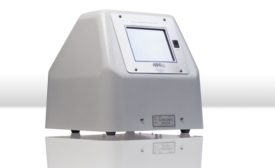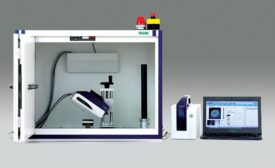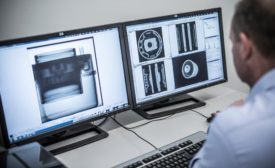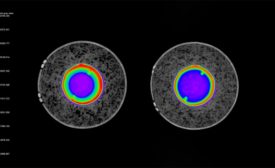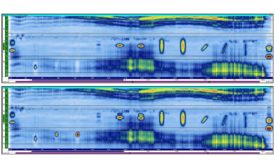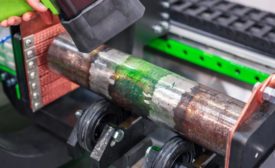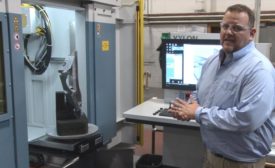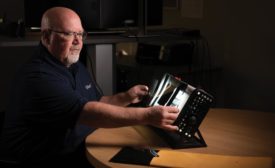NDT
NDT Leak Testing
Leak tightness is a major criterion for stable performance of a battery pack over the expected lifetime of an electrical vehicle.
Read More
NDT Trends
Remote Evaluation of Radiographic Images
Let’s examine the application of remote radiographic evaluation and the subsequent commercial benefits for business.
August 5, 2020
NDT Back 2 Basics
How the Internet of Things and Cloud-Based Apps Are Changing NDT Inspections
It enables new tools that can transform the inspection process.
August 5, 2020
NDT News
NAM Survey: Manufacturers Continue Operating in Support of COVID-19 Response
August 5, 2020
Computed Tomography: Back to Basics
Computed tomography is a powerful nondestructive evaluation (NDE) technique for both 2D and 3D cross-sectional images of an object from X-ray images.
July 1, 2020
A New Angle on Aerospace FSW Inspections
The most effective inspection method for friction stir weld flaws is phased array ultrasound.
July 1, 2020
Nadcap Nondestructive Testing Special Process Audits: A Perspective
Numerous members of the aerospace industry are involved and provide input.
July 1, 2020
X-Ray and CT Automation Advances Make Aerospace Inspection Easier
How the advances are benefitting aerospace engineers with increased flexibility, improved image quality, better reporting and data storage capabilities.
July 1, 2020
Radiographic Image Interpretation: Doing it Right
The process of radiographic interpretation consists of many variables with the major objective being achieving the highest possible quality level.
June 11, 2020
Stay in the know with Quality’s comprehensive coverage of
the manufacturing and metrology industries.
eNewsletter | Website | eMagazine
JOIN TODAY!Copyright ©2024. All Rights Reserved BNP Media.
Design, CMS, Hosting & Web Development :: ePublishing
